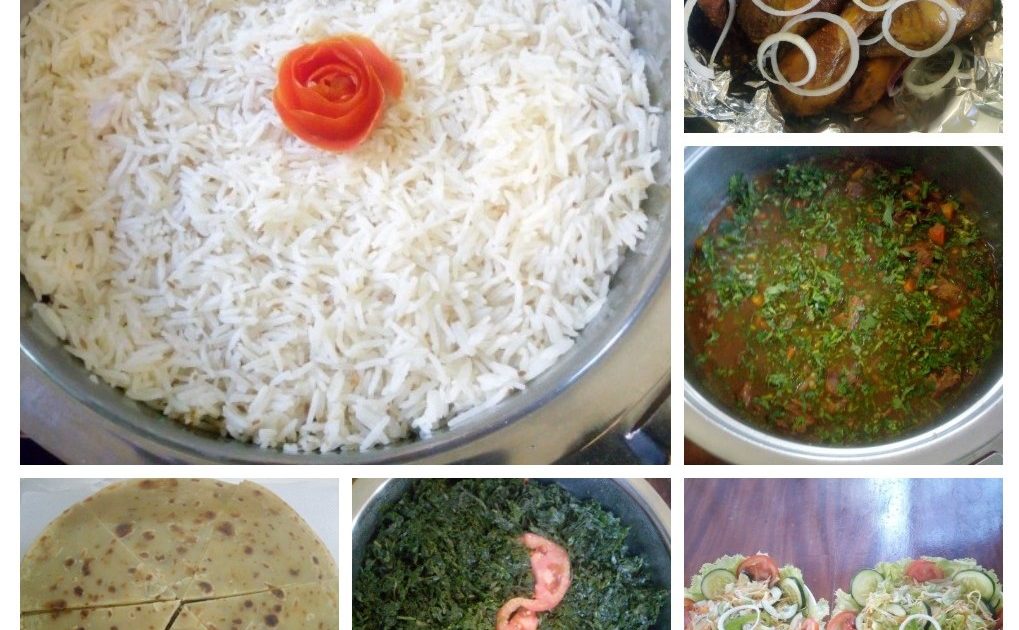The Food Balance Sheet projected to end of January 2021 shows a maize surplus of 21 million bags, 3.9 million bags of beans and 5.9 million bags of wheat.
According to Agriculture and Food Crops Principal Secretary Prof Hamadi Boga, the country is currently enjoying high food stocks enough to feed the population for the next three months despite consumers still grappling with reduced purchasing power as a result of the high rate of inflation.
The country, he states, will have a surplus of 32.2 million bags of the major consumed food crops -maize, beans, wheat and rice as at the end of April.
However a deficit of 238,790 bags of rice is expected and the prices of staple food commodity mostly remaining below the long term average with increasing supply from unimodal region harvest and cross-border imports.
The State Department for Crop Development and Agricultural Research food and nutrition security report for end of January 2021 released on Friday notes that a bag of maize was retailing at an average price of Sh 2,625 per 90-kg bag and below in Busia markets and other major growing zones due to ongoing harvesting. Dry bean prices remained 9- to 24 percent above the five-year averages across most markets.
“The estimated domestic stocks indicate that, maize stocks by the end of January 2021 was 18.8 million, beans stocks 5.9 million bags, wheat stocks 5.3 million bags and rice stocks 2.2 million bags. Most of the maize and bean stock was with farmers while traders held most of the wheat and rice stocks,” Prof Boga said
Overall, the PS said the national food security situation is still stable for most commodities in terms of accessibility and affordability.
“For staple crops, the average to above-average 2020 long rains harvest experienced in most counties, the reduced food demand due to lost family incomes associated with Covid-19 as well as the closure of schools and colleges have contributed to sustained availability of most food items at household level,” he added.
The Maize Balance Sheet projected to end of March 2021 shows a surplus of about 11million bags based on estimated 300,000 bags imports by millers from the region. The imports have remained relatively low.
In January 2021, 523,720 bags were imported compared to 101,000 bags imported in January 2020. The low imports are attributed to good domestic supplies and reduced food demand associated with low family incomes during the Covid-19 pandemic.
On pricing, the report says that food commodities are still within normal range and prices of maize and rice have started showing upward trends due to increased demand.
In January 2021, KNBS reported a very small increase in the Consumer Price Index (CPI), changing to 112.58 points, up from 111.87 points in December 2020.
For example, a 90-kg bag of maize wholesale price reached Sh2, 677 in January compared to Sh3, 221 the same period last year. As at February 15, 2021 average price of a 90-kg bag reached Sh2, 514.
“Most of the wheat consumed in Kenya is imported from overseas, especially Argentina, USA, Ukraine and Russia. From September 2020, Kenya has experienced reduced imports of wheat compared to the same period in 2019,” said Prof Boga.
This Boga noted is mostly attributed to reduced global supplies, especially from Russia and Ukraine, where the government encouraged their own domestic consumptions as part of Covid-19 pandemic social protection. Equally the challenge of low imports compounded following Russia imposing higher export duties thus leading to high imports costs for most wheat.
PS Boga observed that harvesting of maize in the major growing zones in the North Rift and upper Western regions is currently ongoing but drying of the commodity is likely to be marred by heavy rains currently being experienced across the regions.
Moreover, the fair performance of the pasture and browses as well as water availability in most of the pastoral regions have contributed to good body conditions and productivity of most livestock breeds
According to the Kenya National Bureau of Statistics (KNBS) inflation rate has increased from 5.3 per cent in May 2020 to 5.7 per cent as at the end of January 2021 accounting for 6.8 per cent.
The KNBS month to month Consumer Price Index for key Food and Non-Alcoholic Drinks Index increased by a small margin of 1.3 per cent from December 2020 to January 2021 and while retail prices of cooking oil (salad), white bread and cabbages went up slightly by 10.4, 6.5 and 3.4 per cent, respectively; the prices of other group of commodities used in the measurement of CPI went down.
This therefore shows that the prices of peas (garden, snap and snow), green grams, mangoes and tomatoes decreased by 11.6, 3.3 and 1.5 per cent, respectively. The monthly inflation rate also increased by a small margin
by Wangari Ndirangu



